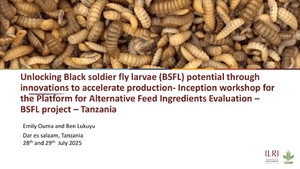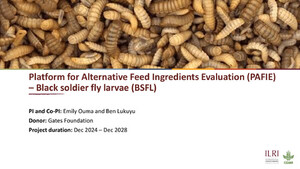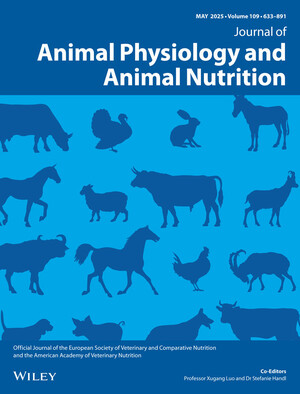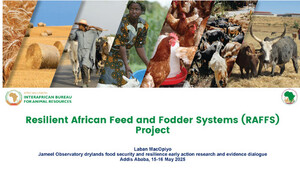
Editorial: Forage crop improvement for improved livestock production and nutrition
Abstract
We have a major challenge to sustainably grow the production of animal protein in order to feed an additional nearly two billion people by 2050. In addition, in some regions of the world, population is also predicted to be wealthier, which positively impacts consumption of animal protein. Increasing animal production is a multifaceted challenge and one component that needs to be tackled is the production and quality of the forages that they feed on. Improved forages can increase animal production per unit head and may also allow higher grazing intensity (more animals per hectare), leading to lower pressure on grazing land which is the most predominant way of feeding livestock. However, even in locations where animal feeding is based on cut and carry and indoor systems, forages are an important resource.
In order to improve forages for better livestock production, plants need to be bred by combining desired characteristics in one genotype or family. However, forage breeding faces many challenges including variable ploidy levels, different reproductive modes, and the need to evaluate traits that are laborious to assess. Besides, breeding efforts are distributed across hundreds of forage species that need to be adapted to a vast range of systems and environments worldwide.
Citation
Pereira, J.F., Zhang, J., Jessup, R. and Jones, C.S. 2022. Editorial: Forage crop improvement for improved livestock production and nutrition. Frontiers in Plant Science 13:1082873.










